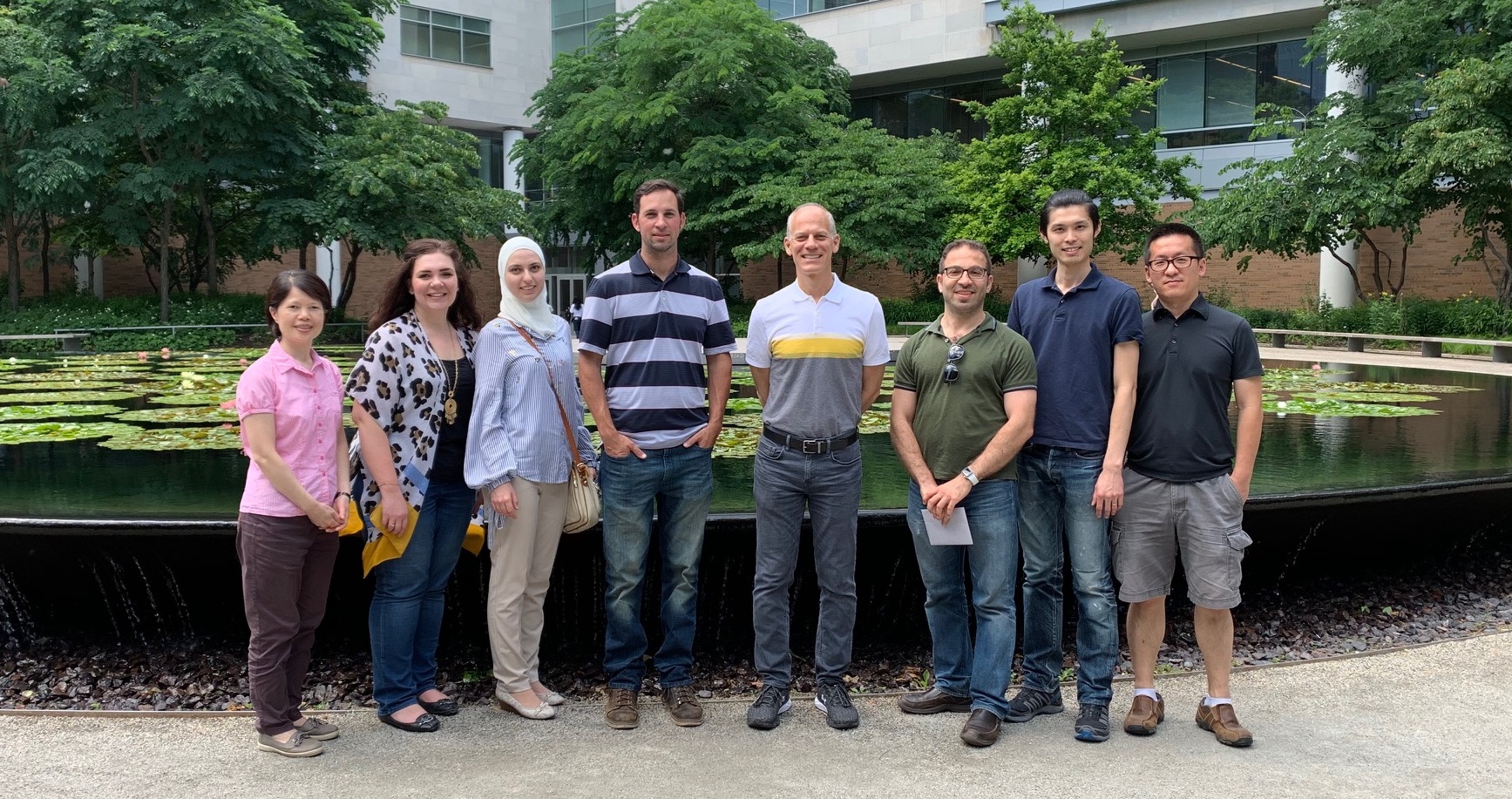The main interest of my laboratory is the role of the glomerular basement membrane (GBM) in kidney function and disease. Several genetic and acquired diseases of the kidney affect the GBM, causing thinning or thickening. We focus on the laminin (LAMB2) and type IV collagen (COL4A3/A4/A5) components of the GBM that are mutated in Pierson syndrome (a congenital nephrotic syndrome) and Alport syndrome (hereditary glomerulonephritis), respectively. We use mouse models of these syndromes to investigate pathogenic mechanisms and to test potential therapies. We have performed proof-of-principle studies to show that the abnormal GBM that is present in Alport syndrome can be normalized by restoring expression of the missing collagen IV network. Recently we have begun using CRISPR/Cas9-mediated approaches to rapidly mutate genes and to insert point mutations with relevance to human glomerular disease. The podocyte, the cell that synthesizes most of the components of the GBM, and its intricate foot process architecture and complex actin cytoskeleton are also areas of study.

Another aspect of my research concerns the role of cell-cell junction/polarity proteins in urogenital development. We have generated mice lacking proteins associated with the Scribble complex (including Scribble, discs large 1, and CASK) and find interesting developmental anomalies, including renal hypoplasia or agenesis associated with premature depletion of the renal progenitor cell pool; defects in maturation of the distal ureter and its connection to the bladder; and glomerular cyst formation. These defects are observed in human congenital anomalies of the kidney and urinary tract (CAKUT) and in cystic diseases. We are using state of the art methods to investigate the mechanisms for these defects.